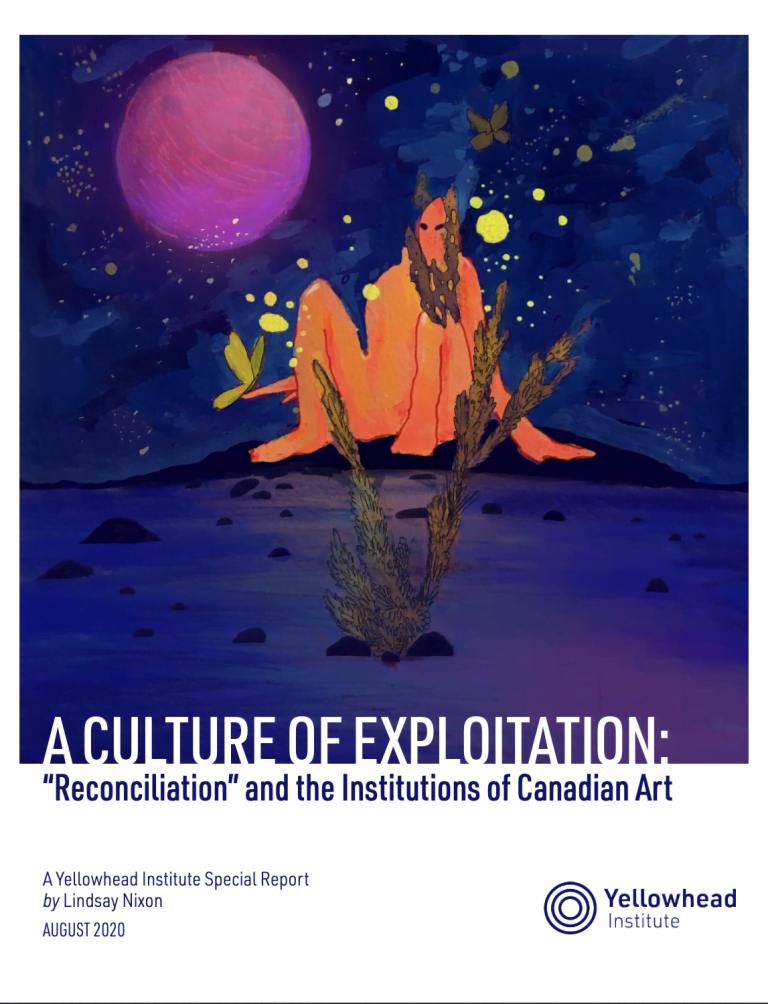3 search results
for
First Nations governments
Recommendation 13:
Indigenous publications, organizations, galleries, and other cultural institutions should immediately recruit Indigenous editors and department heads, if these positions are still held by non-Indigenous peoples. This might mean investing in mentorship processes and understanding that Indigenous qualifications can look different than non-Indigenous qualifications. This may require re-considering the concept of “quality”, production schedules, and other tools for organizational structure and workplace culture.
-
Category and theme:
Audience:
Groups affected:
Recommendation 19:
Canada needs to develop its own federal, provincial and territorial repatriation legislation, drawing from the shortcomings of NAGPRA and led by communities of Indigenous artists, curators, cultural administrators, Elders, and other respected Indigenous cultural leaders within Reserve and urban communities. While it must foremost be concerned with “human remains,” this legislation should expand the notion of repatriation beyond bodies to funerary objects, “sacred” objects, and objects of cultural patrimony. These laws must be meaningfully co-developed in collaboration with Indigenous peoples.
- These “Repatriation Acts” must be passed in every province and territory within the borders of Canada, and not simply apply to federal reserve lands.
- The legislation must have extremely strong compliance measures, with an accountability provision that allows Indigenous representatives to ensure the legislation is being enforced. As Indigenous people are not flora and fauna, Parks Canada should not be involved in the implementation of the legislation. Jurisdiction over “Repatriation Acts” could fall under the Canadian Heritage Portfolio or even the Minister of Justice.
-
Category and theme:
Audience:
Groups affected:
Recommendation 20:
Indigenous peoples should have cultural sovereignty over the management of their arts and cultures in Canada.
- In addition to legislation, federal, provincial and territorial governments should work to support the creation of a network of northern, reserve-based, and urban Indigenous cultural communities that could support a self-determined infrastructure for the direct funding of Indigenous artist-run centres and spaces nationwide. This network should build upon the work of cultural communities already on the ground and doing the work.
-
Category and theme:
Audience:
Groups affected:
